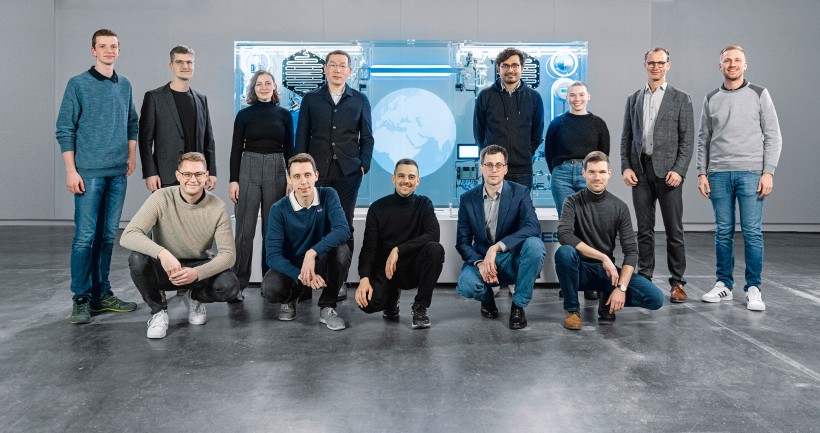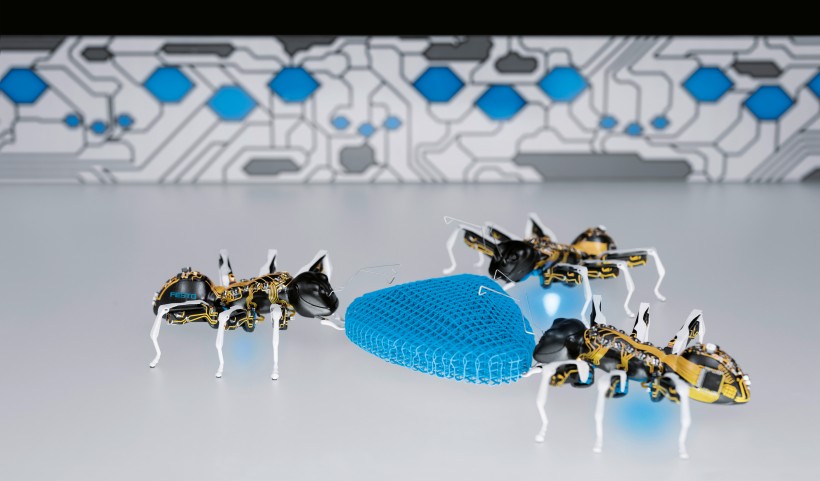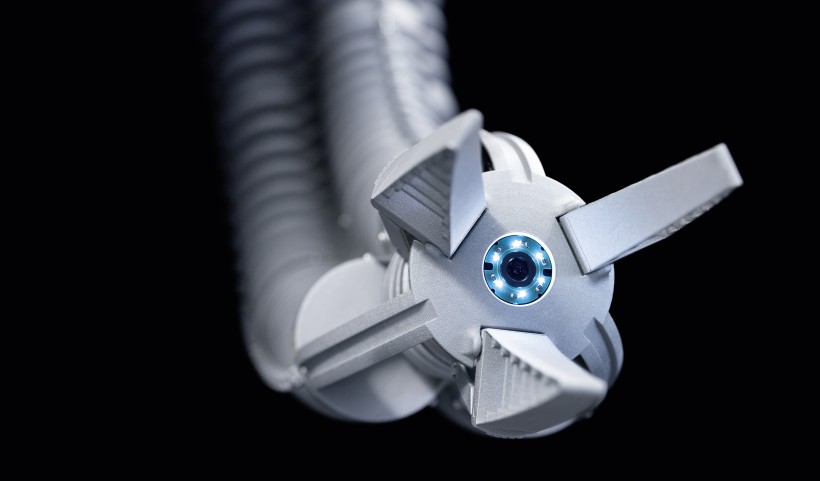Who is behind the Bionic Learning Network?
Participants in the Bionic Learning Network – interdisciplinary teamwork
Since the beginning of the 1990s, we have been working intensively on the subject of bionics: the transfer of natural mechanisms and operating principles to technology. When the Bionic Learning Network was founded in 2006, it established a lively and open process of exchange in cooperation with renowned universities, institutes and development companies.
Our core team consists of engineers, designers, computer scientists, biologists, robot specialists and students. They work closely with experts from other company divisions and external partners from all over the world. This open, interdisciplinary teamwork offers new perspectives and inspiration for industrial applications and possible series products for the future.
- Internally at Festo: The Bionic Projects core team, Research and Development, Product Management, Testing, Product Development, Product Design, Trade Show Stand Construction, Corporate Design, and more
- Universities and institutes: TU Berlin, Delft University of Technology, University of Frankfurt, TU Ilmenau, Friedrich Schiller University Jena, Christian-Albrechts University of Kiel, University of Arts and Industrial Design Linz, Max Planck Institute for Terrestrial Microbiology Marburg, TU Munich, University of Oslo and Akershus, Department of Product Design, University of Applied Sciences Ravensburg-Weingarten, ZeMA Saarbrücken (Zentrum für Mechatronik und Automatisierungstechnik/Centre for Mechatronics and Automation Technology), University of Stuttgart, CIN University Tübingen, University of Ulm, Fraunhofer IPA, and others
- External companies: aeroix GmbH, Ebert Zobel Industrial Design GbR, Effekt-Technik GmbH, Evologics GmbH, JNTec GbR, Nnaisense SA, Sachs Engineering and others

The BionicHydrogenBattery team: Engineers, biologists, designers and programmers from Festo
What do we want to achieve with the Bionic Learning Network?
The goals are more than just developing new technologies
They are about motivating, inspiring, enthusing and kick-starting innovation. As a technology leader and a learning company, we are pursuing a set of clear objectives with the Bionic Learning Network:
- Establish networks and motivate people from different sectors to develop their ideas with us
- Keep track of current trends in research and development and test new technologies and production methods
- Increase creativity in the process of finding solutions and drive preliminary product development through prototyping
- Discuss possible solutions with our customers and partners and obtain customer feedback about topics related to innovation
- Visualise our solution expertise in an appealing way in order to inspire young people for technology and to find new talents

The BionicANTs: Cutting-edge technology, development platform and eye-catching solution all in one
What are the benefits for you as a customer?
Festo as a development partner – driving force for customer innovations
The future concepts of the Bionic Learning Network function as development platforms that combine a whole host of technologies and components, from manufacturing concepts and the series products used right through to software and closed-loop control technology.
By continually optimising the individual technologies, we acquire in-depth knowledge and find innovative approaches to developing and improving new products and applications together with you. The expertise gained from this makes us the number one partner for our OEM customers in a wide range of industries and requirements.
Using the right components and solutions, services and expertise, we support your product development right from the start and guide you all the way from market analysis, function simulation and prototypes through to efficient and productive series production.

The Bionic Handling Assistant: Future concept for the simultaneous development of various cross-sectional technologies